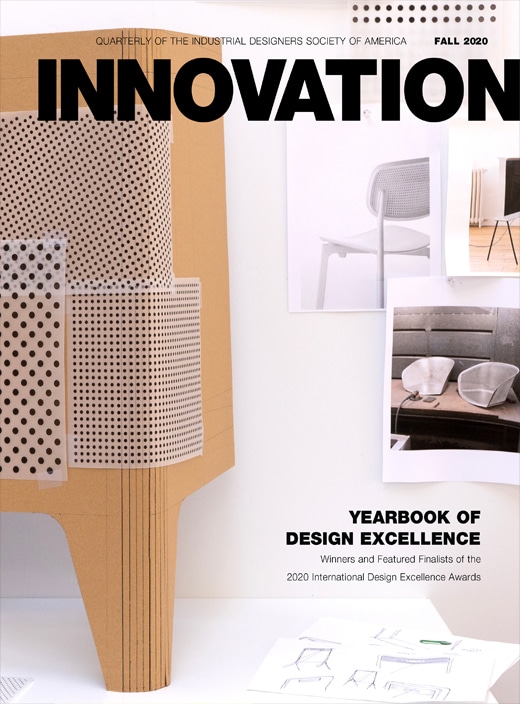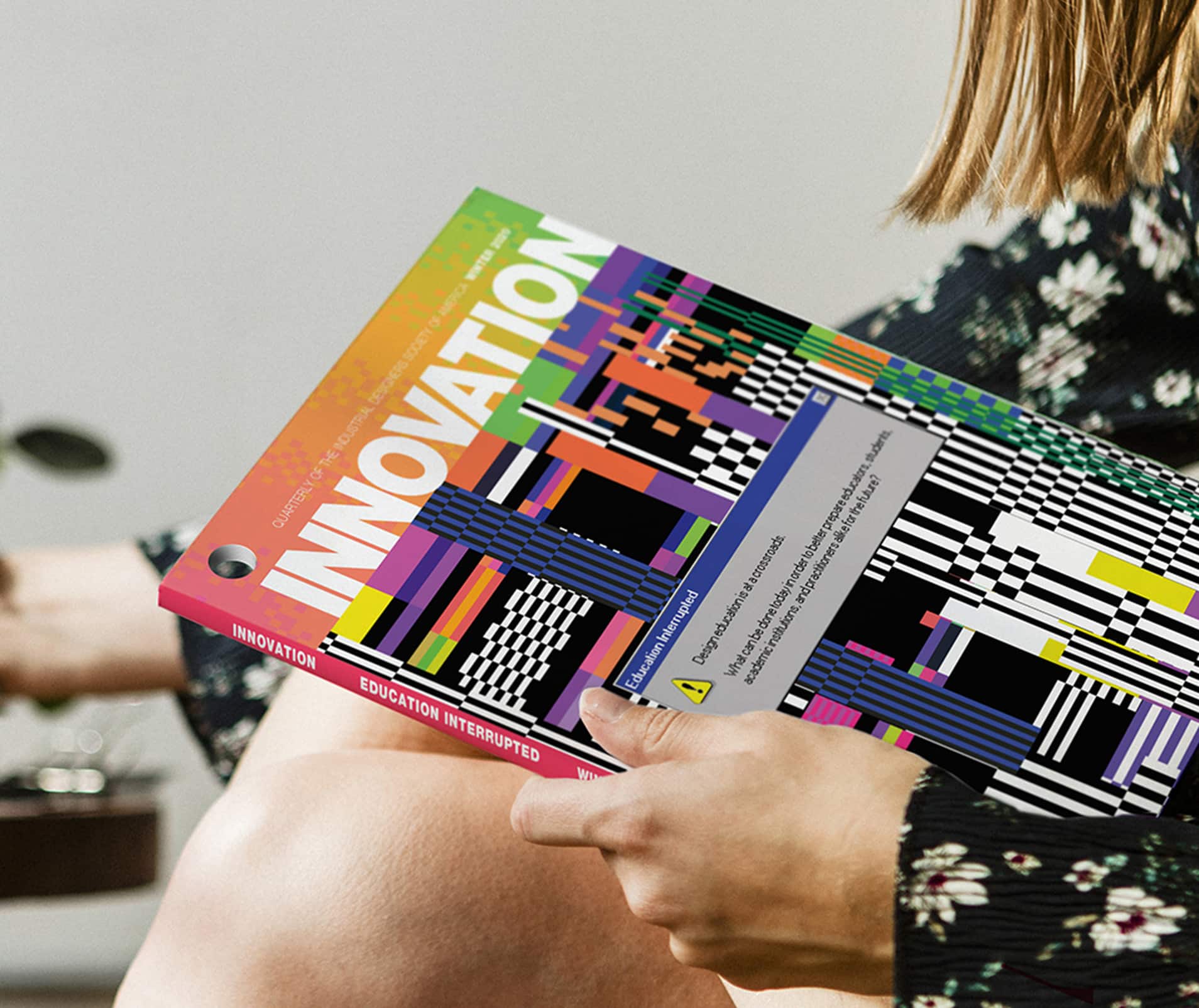“Inclusive design should not be considered a marginal commitment but a catalyst for innovation.” — Kat Holmes
2020 will mark the 40th anniversary of the International Design Excellence Awards (IDEA). One of the most prestigious awards in the industry, it honors the best of the best in industrial design, covering services and products that “encourage, inspire, and push our industry forward.” However, I propose that IDSA needs a new model of design excellence moving forward, a model that highlights inclusion, diversity, equity, and access (IDEA).
Inclusion
Inclusion is the acceptance of individuals from a multitude of different backgrounds. In design, it means actively bringing in a diverse range of people from different socio-economic backgrounds, races, ages, genders, ethnicities, religions, and abilities. However, the industrial design community has a lot of work to do to get us to that point. If this is achieved, inclusive environments in design schools and organizations will promote a sense of belonging, which will enable designers to engage with one another in a way that fosters better cross-disciplinary interactions, creating better design outcomes for stakeholders and end users. It will also allow designers to be true to themselves and take pride in the work they do knowing that their opinions are valued and respected. Inclusive design is one of the core values that holds all the other facets of diversity, equity, and access together.
Diversity
Diversity seeks to bring different groups of people together from varying backgrounds. It is the new buzzword being used across every discipline. Companies are scrambling to diversify their teams and prove to consumers and stakeholders that they are invested in creating change. Currently, there are hundreds of job listings from major companies and top universities seeking diversity, equity, and inclusion leaders. Virtual conferences such as Where are the Black Designers?—co- founded by Mitzi Okou—have attracted over 10,000 people and within weeks after the event have inspired new conversations and conferences tackling issues of diversity in design.
As easy as it is for me to be cynical and think that this is a passing phase, I believe this moment is a movement that will reverberate for years to come. We have made more progress in the last three months than we have in years. This change is vital and necessary as the world continues to change at a faster pace. By 2050, 53% of the country will be people of color, according to the Design Census 2019, but currently only 3% of designers are Black across all design disciplines. The business case for diversity is clear as the design profession has already missed out on many opportunities for innovation and excellence as a result of so little input from a wider range of designers.
Equity
Equity is the value of being fair and impartial. However, what happens when the system at large is designed to oppress and exclude certain groups? Higher education in design schools can discourage the same people they are trying to educate: students from disadvantaged backgrounds; Black, Indigenous, people of color (BIPOC); women; and people with disabilities. One of the first issues is that design education is extremely expensive, making it hard for talented students to attend. Students who are graduating from design programs, from industrial design and UX design to graphic design and illustration, can easily spend more in those four years than what they will make during their first year or two in the design industry. For industrial design students, the costs can be even higher with the materials that have to be purchased for every new project. For Black designers, the financial burden is daunting. Speaking from experience, Black students in design schools are usually coming from less privileged backgrounds. In order to advance in the industry, they may have to take several unpaid internships while in school—and even after they graduate—just to build their portfolio before they land that first major design position.
In addition to the lack of financial resources, design education is designed to be exclusionary. Curriculums are based on Eurocentric design principles that do not highlight achievements made by BIPOC designers. For those students, it can be difficult to figure out what contributions they can make, and the journey as an industrial designer can become a long and lonely process. I believe that it is very hard for people from an under-represented group to become what they cannot see. Everyone should have an equal opportunity to become a designer. Through equity, the profession can retain diverse talent who are engaged and want to contribute to this field.
Access
Access is all about giving everyone a voice; however, the voices of BIPOC, women, and impaired people have not been uplifted in design. In the larger design industry, females make up just 29% of leaders despite the fact that 61% of designers are female, according to the 2019 AIGA Design Census. In industrial design, the general consensus estimates the number of female designers to be around 10 to 15%. Jomo Tariku, an Ethiopian industrial designer, compiled data and found that just 0.32% of furniture by leading brands are created by Black designers. These are the issues we should be actively tackling to ensure there is greater access in design. We should reflect the people we serve, or else risk becoming an irrelevant industry. Organizations can create that change by hiring BIPOC, women, and people with disabilities, as well as creating mentorship opportunities within those organizations. In education, engagement with minority communities about design can begin at the K–12 level, industrial design programs should be incorporated in historically Black colleges and universities, and schools should change their curriculums to include more diverse voices and highlight the contributions those voices have made to this industry. These preliminary steps can create a new pipeline of designers prepared to tackle the challenges we face today.
A Future to Believe In
Recently, IDSA established the Diversity, Equity and Inclusion Council, whose primary aim is to “be a catalyst in transforming the industrial design industry so that it better reflects our diverse country and world.” This is a great step, and the programs and initiatives that will stem from this will advance the profession in the years to come. Data will be collected over time to make sure we are on target in meeting those goals.
As industrial designers, I believe that most of us want to create change and be of service to others, so creating opportunities for inclusion, diversity, equity, and access should not be an obligation, but a passion-filled mission. We have an opportunity to rise to the occasion and become better leaders, champions, and advocates for an equitable and inclusive future for everyone.
—Jessica Jean-Baptiste, IDSA
[email protected], jessicajeanbaptiste.com
Jessica Jean-Baptiste is an industrial designer for HVL Lighting Group.

Fall 2020
Article:
Author:
Jessica Jean-Baptiste, IDSA
